




In today’s competitive market, ensuring product durability and reliability is crucial. However, even minor defects, such as Waterproof Seal Cracks, can have a cascading effect on overall device performance. One emerging concern is the potential for these seal cracks to contribute to Charging Port Corrosion. This article delves into the root causes, impacts, and practical solutions to help manufacturers safeguard product quality and maintain customer trust.
In an era where consumers demand both aesthetics and reliability, products must not only look good but also withstand daily wear and tear. Manufacturers are increasingly pressured to meet stringent quality standards, particularly for devices exposed to variable environmental conditions. When Waterproof Seal Cracks occur, they not only compromise the product’s water-resistant capabilities but also open the door to further issues such as Charging Port Corrosion. This deterioration can lead to decreased performance, increased maintenance costs, and ultimately, a tarnished brand reputation.
Waterproof seals are essential for protecting internal components from moisture and dust. However, several factors may lead to Waterproof Seal Cracks:
Addressing these root causes through improved material selection and robust quality control is key to preventing seal failures.
Once Waterproof Seal Cracks form, they allow moisture to penetrate the device’s interior. This intrusion is especially detrimental to sensitive areas like the charging port. Charging Port Corrosion occurs when water and other contaminants react with metal contacts, leading to oxidation and degradation. As the charging port corrodes, the connection becomes unreliable, resulting in poor charging performance, intermittent connectivity, or complete failure. This not only inconveniences users but also escalates warranty claims and repair costs.
The relationship between Waterproof Seal Cracks and Charging Port Corrosion is both direct and compounding. When a seal crack occurs, it exposes the internal components to moisture. Over time, even minor exposure can cause corrosive processes to begin at the charging port. Furthermore, once corrosion sets in, it accelerates the deterioration of adjacent components, leading to a domino effect of product failures. This interconnection emphasizes the importance of holistic quality management across all stages of product design and production.
Manufacturers can take several measures to mitigate these risks:
These proactive measures not only protect against Waterproof Seal Cracks but also help prevent subsequent Charging Port Corrosion, ensuring devices remain reliable over their lifespan.
As technology evolves, so too do the challenges of maintaining product durability. Manufacturers must continuously invest in research and development to innovate better materials and processes. By leveraging advanced testing techniques, IoT-based monitoring, and real-time data analytics, companies can predict potential failures and adapt their designs accordingly. Ultimately, a forward-thinking approach will not only mitigate issues like Waterproof Seal Cracks and Charging Port Corrosion but also reinforce long-term customer trust and market competitiveness.
Conclusion
The dual challenge of Waterproof Seal Cracks and Charging Port Corrosion can undermine even the most sophisticated products if left unchecked. By understanding the root causes and implementing proactive design and manufacturing improvements, companies can protect their devices from moisture-related failures and uphold the quality standards that consumers expect. Continuous innovation and rigorous quality management are the cornerstones of future-proofing your products in an increasingly demanding market.
Ready to enhance your product’s resilience? Contact us to learn how our cutting-edge solutions can help safeguard your devices against these common yet critical issues.https://www.powsmart.com/product/electric-toothbrush/
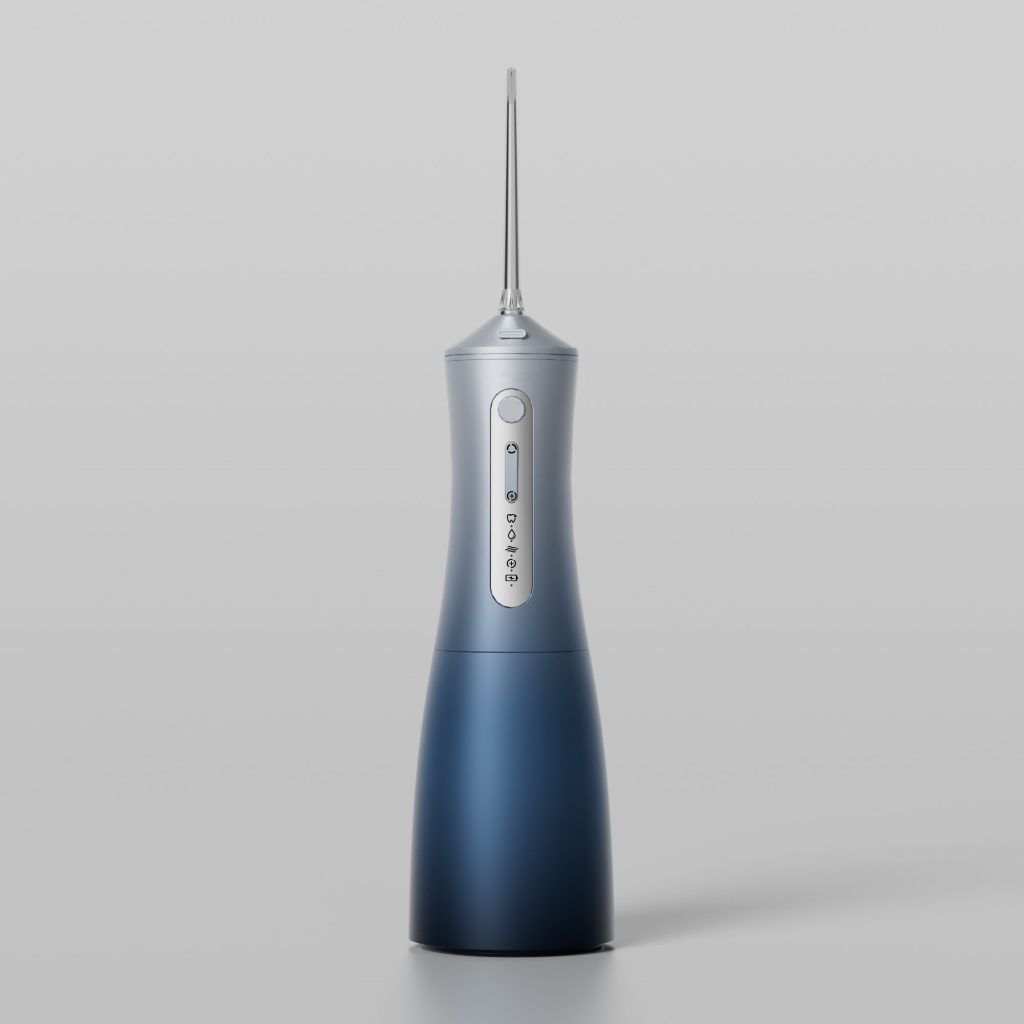


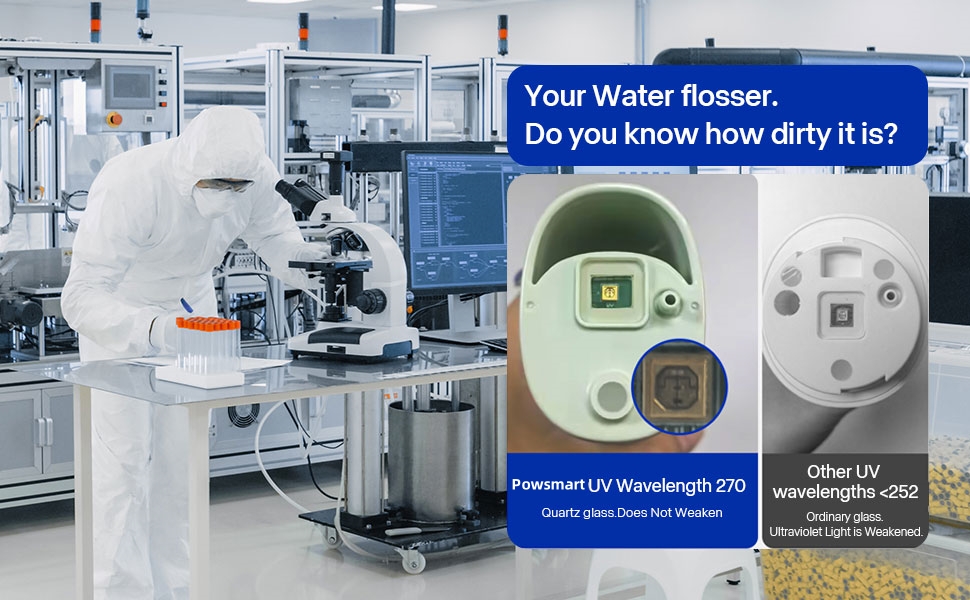
Eco-Friendly Electric Toothbrush OEM Solutions for Global Oral Care Brands

Low MOQ Electric Toothbrush Manufacturer for Startup and Growing Brands

Smart Brushing Timer Toothbrush Supplier for Global Brands

Multi-Mode Electric Toothbrush Manufacturer for OEM Oral Care Projects

Adult Sonic Toothbrush Wholesale Supplier for Global Distributors

Kids Electric Toothbrush Private Label Manufacturer for Global Brands
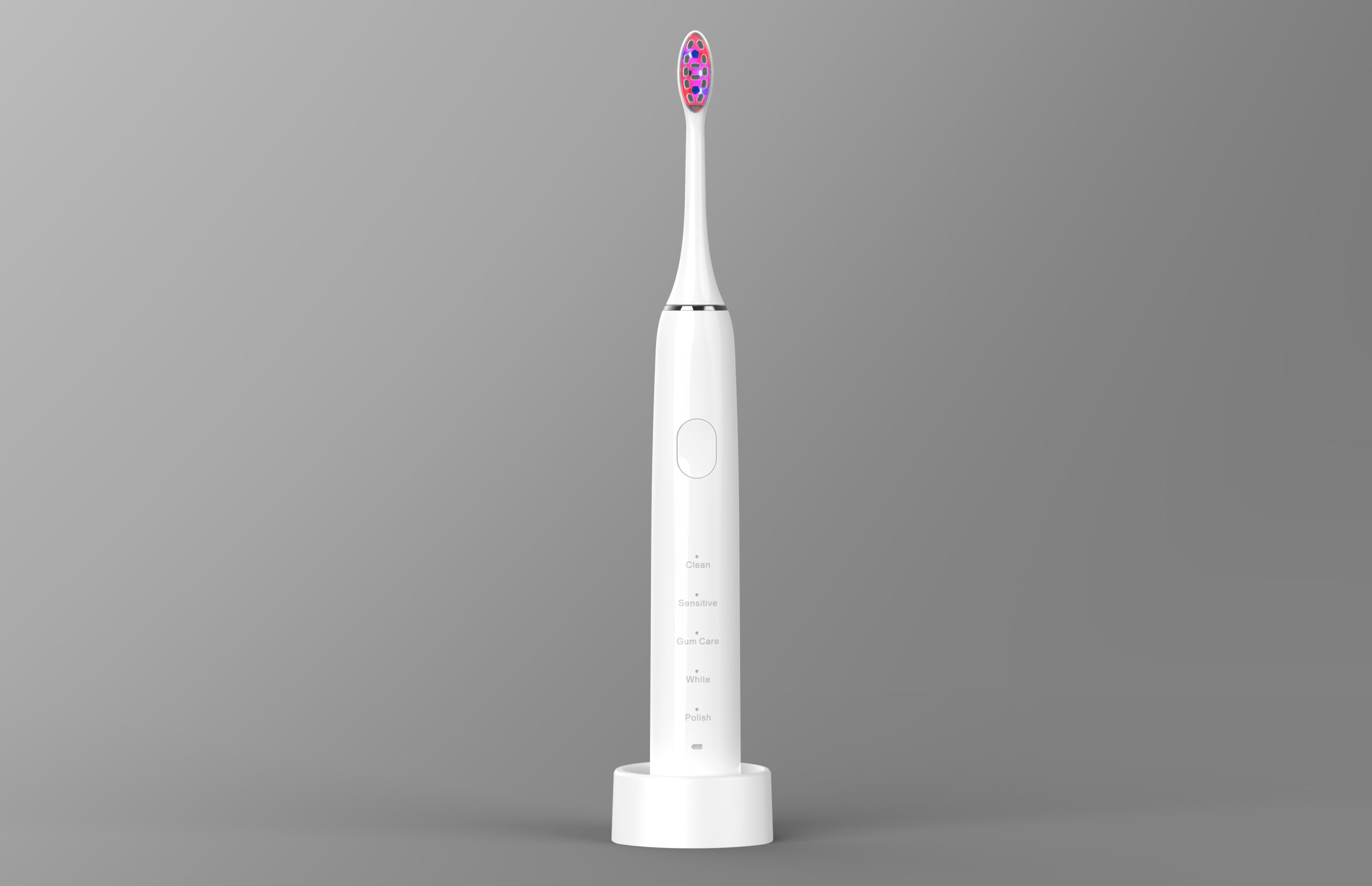
Interested in Whitening Pen OEM or Wearable Whitening Strip Development?
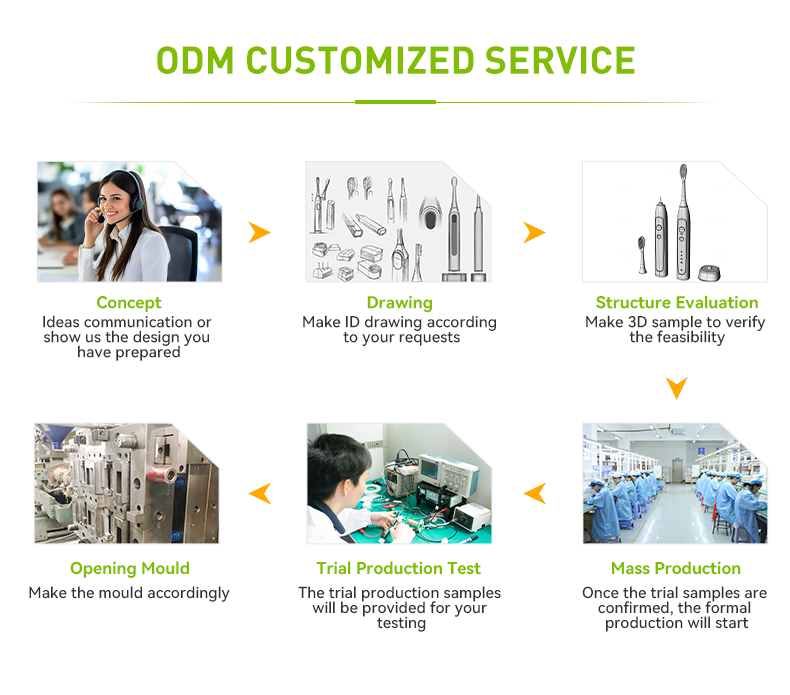
Does Your Contract Manufacturing Agreement Provide Quality Certification Support?

electric toothbrush heads Deep Clean
Regular Soft Bristles 6mil (0.152mm)Dupont Tynex Brilliance Bristles Conveys sonic vibration effectively 80% End-rounded rate Clean while doesn’t damage enamel Color Reminder Pedex Reminder.jpg)
Customizable Kids Electric Toothbrush
.jpg)
Wholesale Smart Sonic Electric Toothbrush
.jpg)
Customized Powered Smart Toothbrush Three Modes
.jpg)
Florida Electric Toothbrush – Powsmart PTR-C8
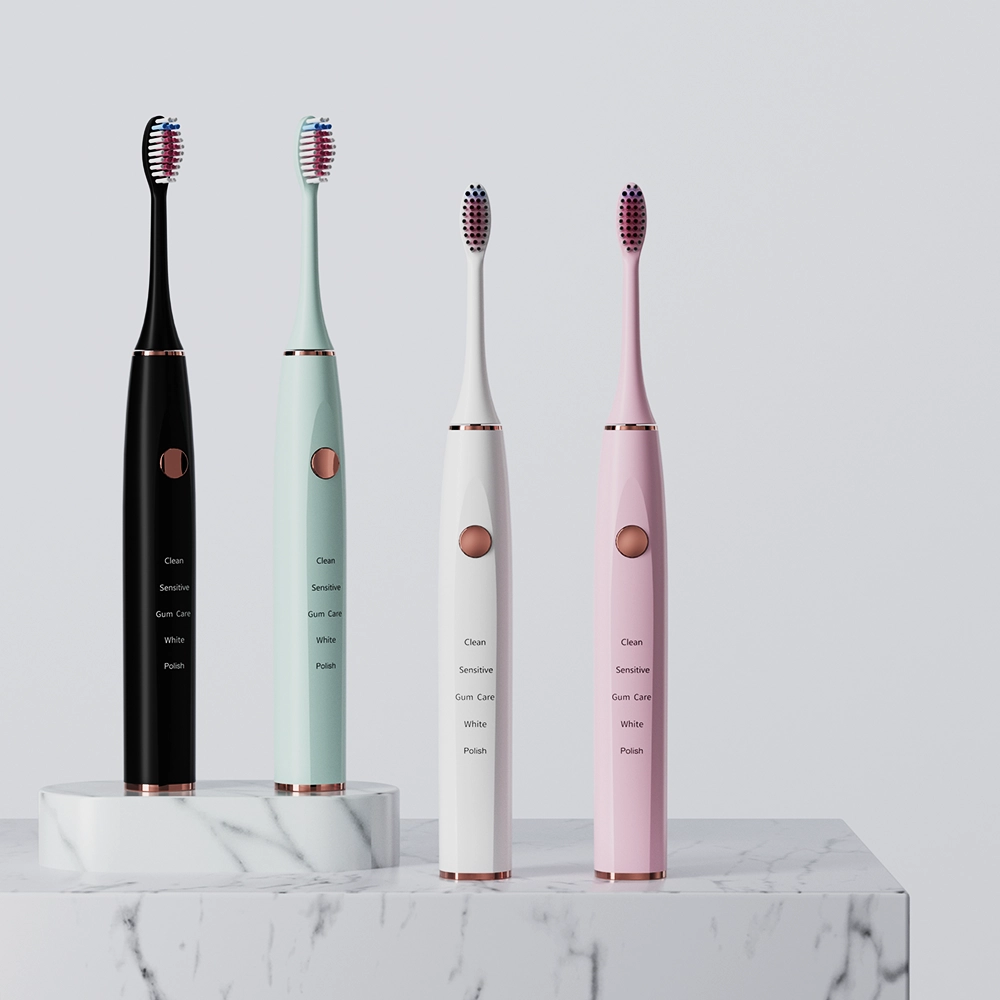
Private Label IPX7 Electric Toothbrush OEM
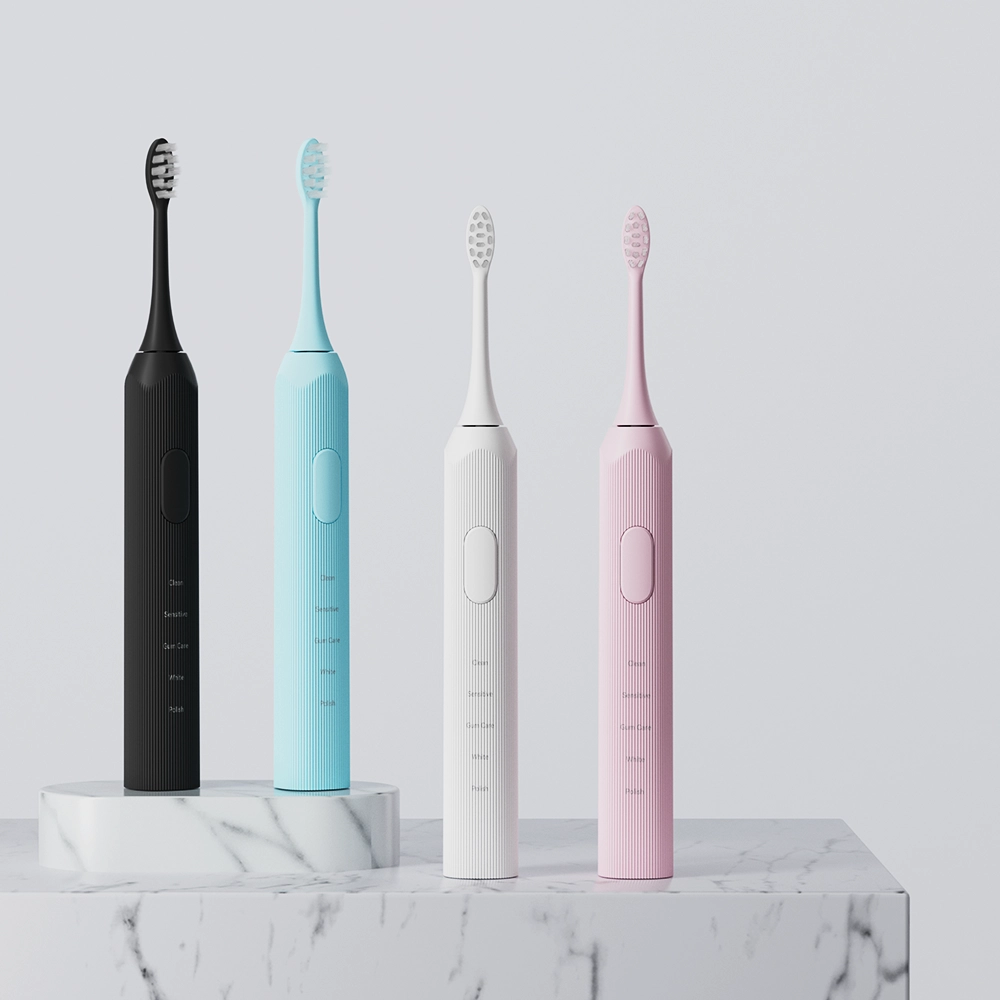
Powered Sonic Electric Toothbrush Anti-slip
.jpg)
Travel Size UVC Oral Irrigator OEM Available
Specification Model Name: PTR-X3 Material: PC, ABS Battery type: 1100 mAh lithium battery Rated voltage: DC 3.7V Fully Charged: ≤6H Product Size:221x64x45mm Waterproof: IPX8 Frequency: 1800
LED Sonic Electric Toothbrush Available for Customization
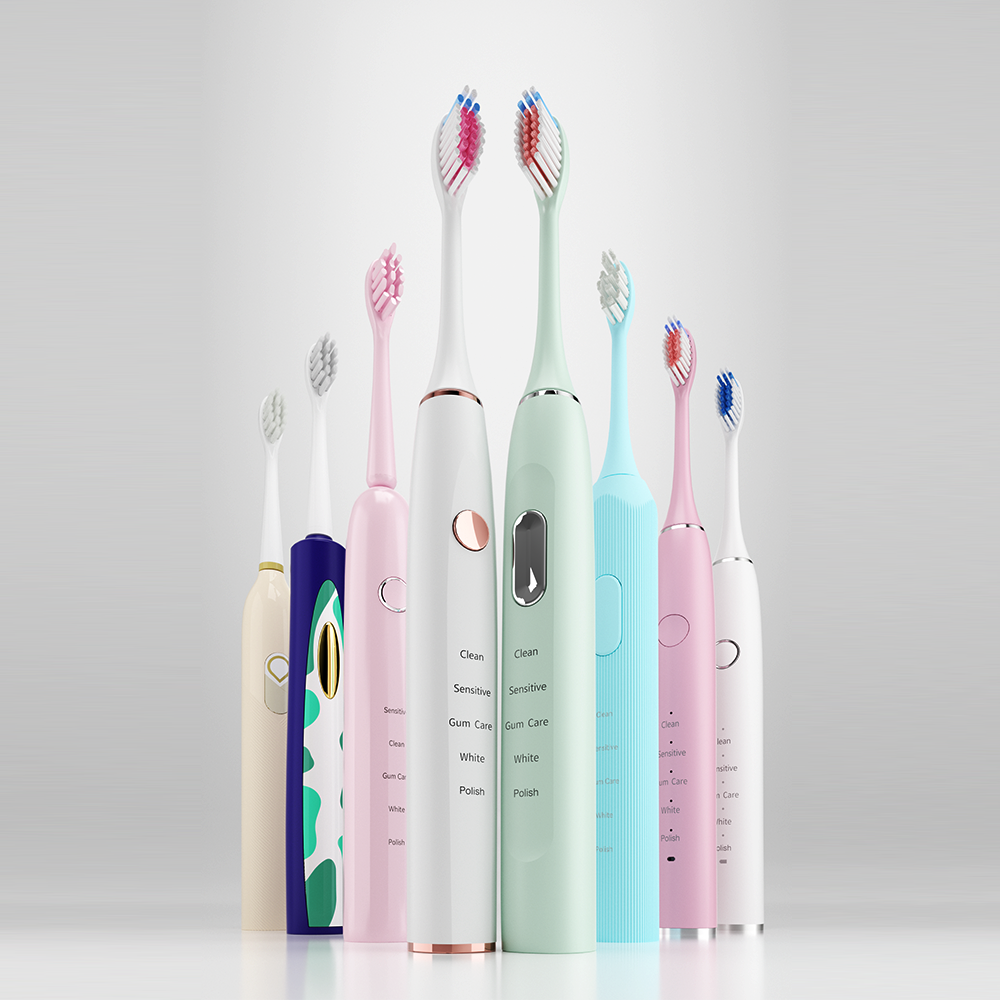
Wave Vibrating Sonic Toothbrush Available for OEM ODM
1-scaled.jpg)
Red & Blue Light Teeth Whitening Device Custom LOGO
.jpg)
Sonic Electric Toothbrush Customizable High Quality
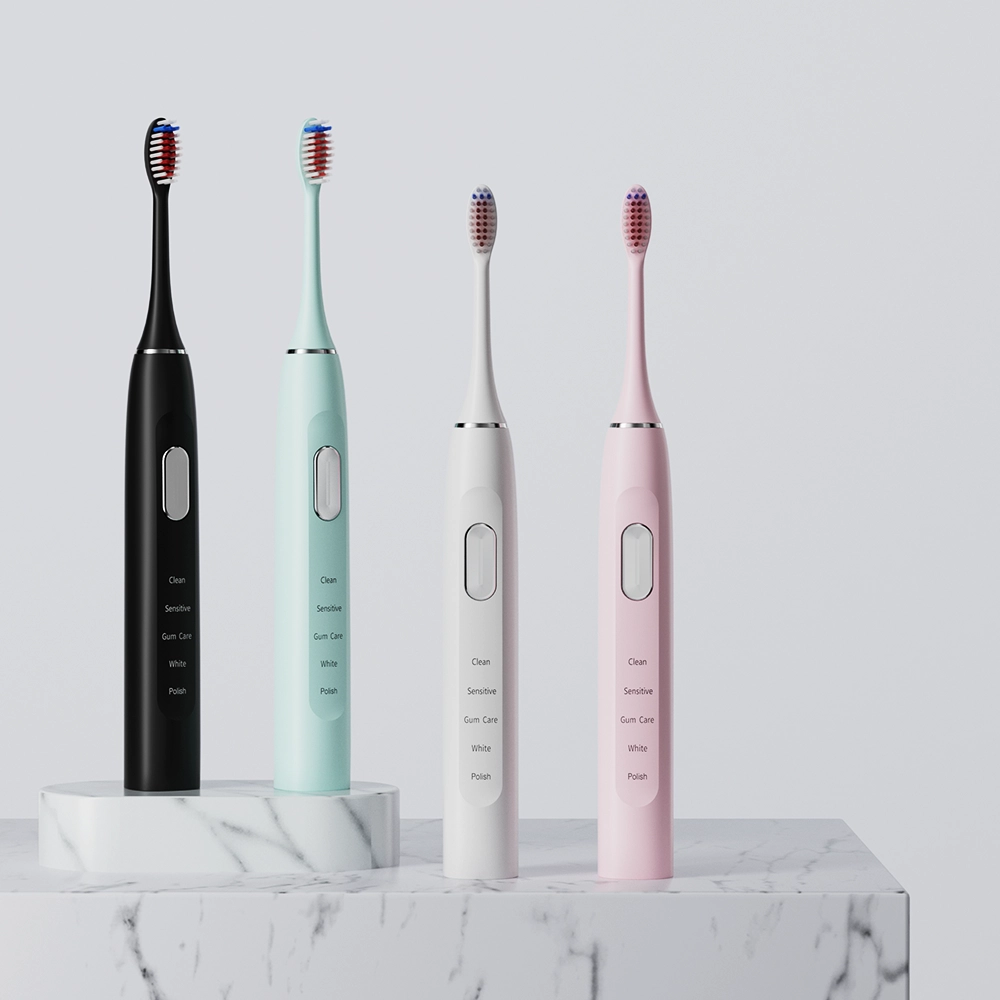
Ultrasonic Electric Toothbrush Custom Logo
-1.jpg)
OEM Available Electric toothbrush For Kids
.jpg)
Children Sonic Electric toothbrush
Product series: Children Product color: white, pink, green (can customize other colors) Product features: Brush head: food-grade ABS material, safe and healthy; German PEDEX color-changing bristles.jpg)
Children Powered Toothbrush Customizable
.jpg)
Sonic Electric Toothbrush Waterproof Custom Logo
.jpg)
Electric Toothbrush OEM Custom Logo
-2-scaled.png)
Private Label Teeth Whitening Accelerating Light
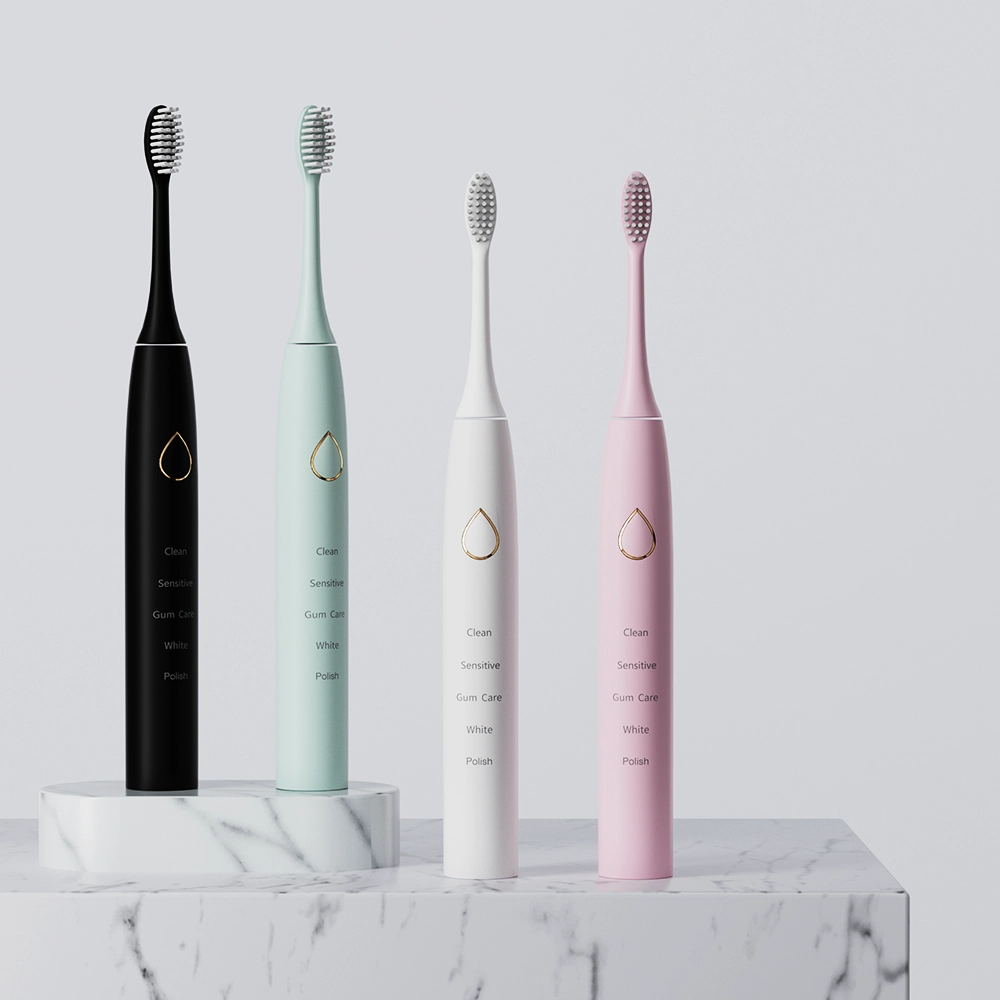
Custom Logo Private Label Sonic Toothbrush
Customer satisfaction
We prioritize customers' satisfaction by providing exceptional service and support.
sincerity
We are committed to upholding the highest ethical standards in all aspects of our business.

.jpg)
A sonic toothbrush is an advanced type of electric toothbrush that uses high-frequency vibrations to clean teeth.
.jpg)
A smart toothbrush is an electric toothbrush that connects to a smartphone app via Bluetooth.
.jpg)
Electric toothbrushes remove plaque more effectively than manual brushes, promoting better oral health.
Your professional source for private label electric toothbrushes
Your Vision, Engineered by Our Professional R&D. From concept to cutting-edge electric toothbrush.
Perfect Your Electric Toothbrush with Our Precision Sample Development. Let's align vision and reality, sample by sample.
Streamline your supply chain with our high-volume electric toothbrush manufacturing.
Wholesale electric toothbrushes of all types—for every market, every customer.
Our fast worldwide delivery gets your electric toothbrushes to shelves faster.
Our electric toothbrushes are manufactured under advanced ISO9001 & medical-grade ISO13485 standards.
Your most cost-effective electric toothbrush source—quality assured.
If a product is hot, there is a good chance Relish already has it in stock, just waiting for your label.
Get a Sample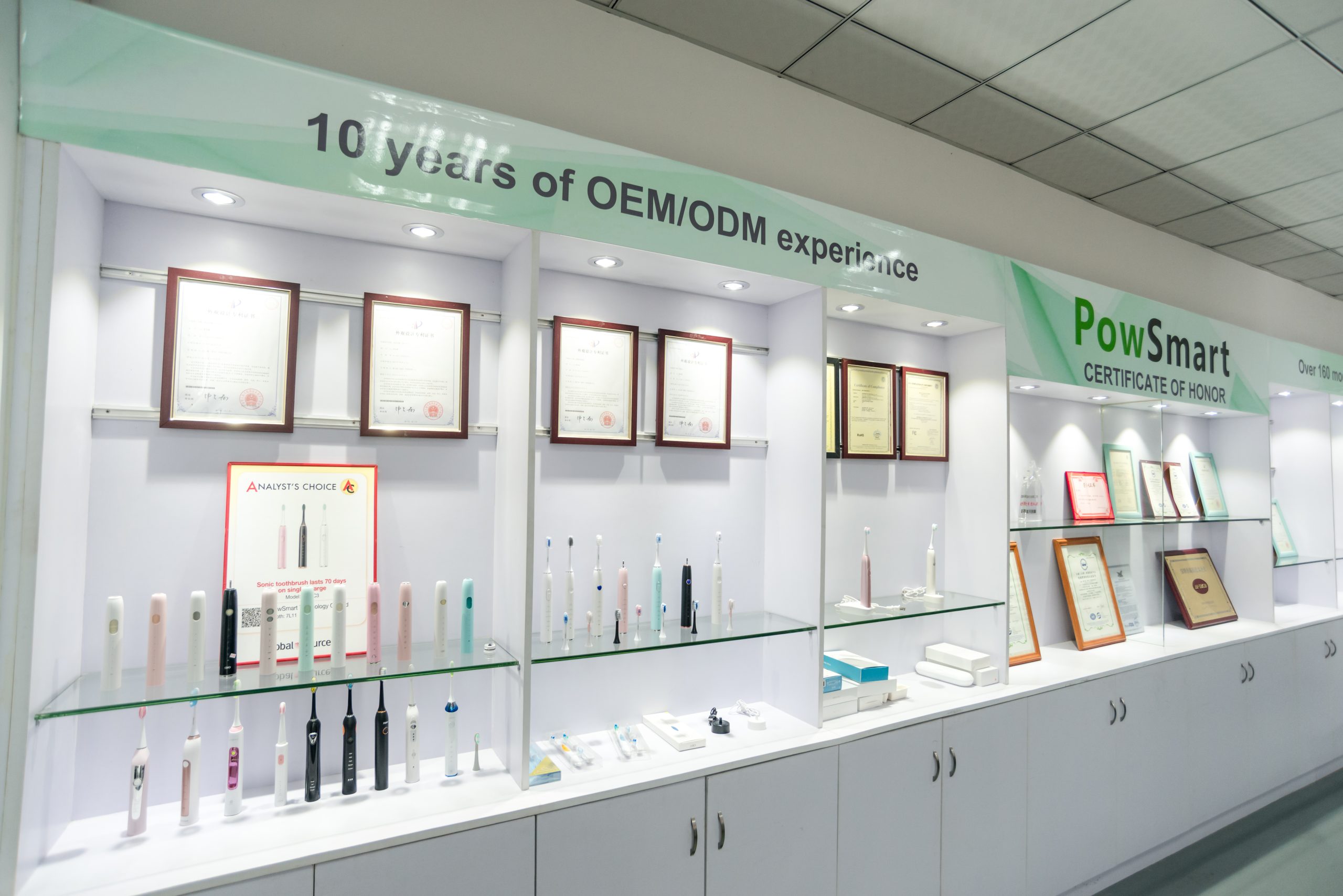
We arexporting our products globally from which the most well-known partners are Walmart, BestBuy, Honeywell, Target, Haier and Xiaomi.
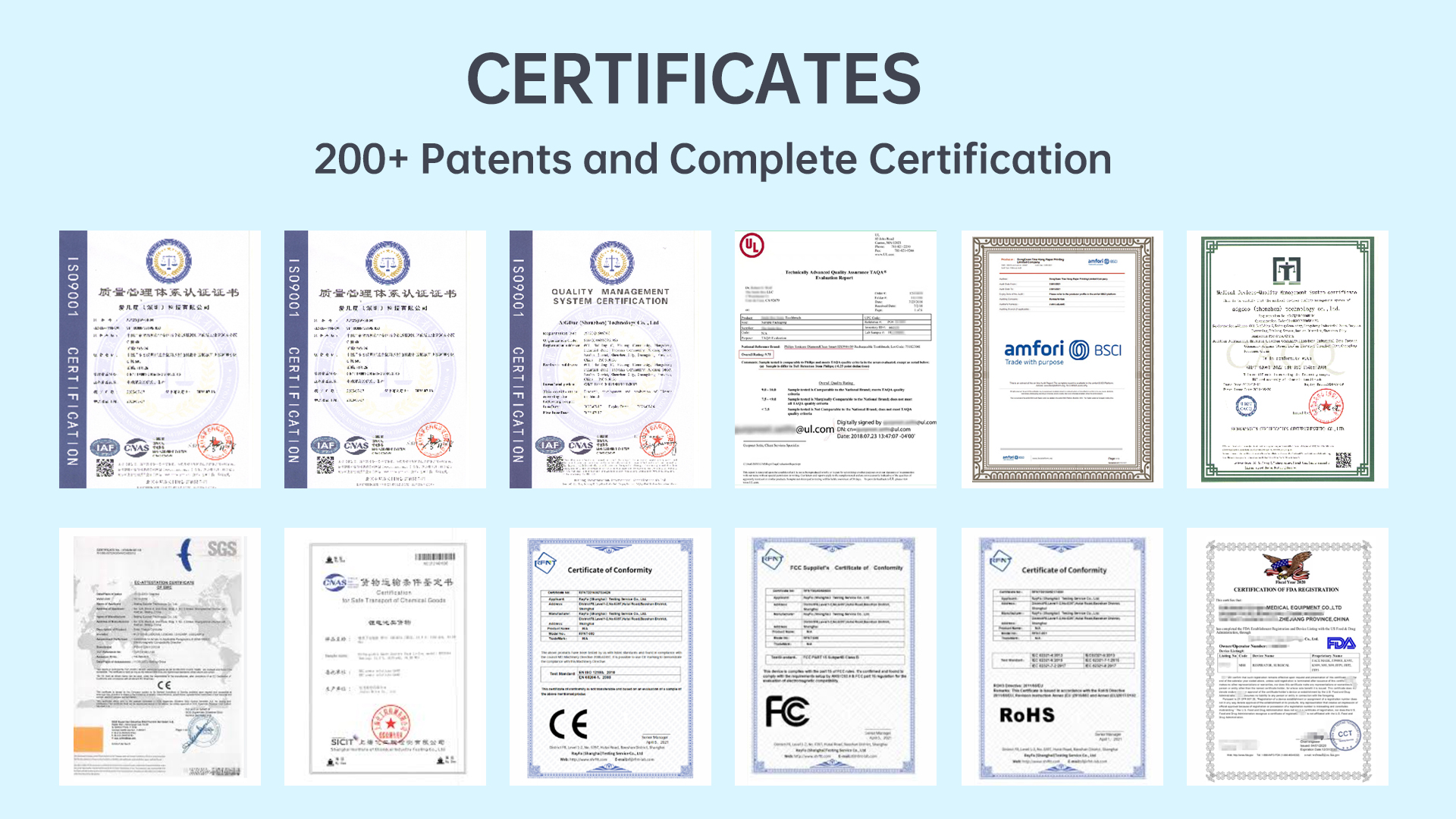
Relish is ISO9001, ISO13485, BSCI certified, and FDA registered, with lots of certifications such as CE, CB, ROHS, CETL, FCC, PSE, SGS, ERP, LFGB, and Reach etc.